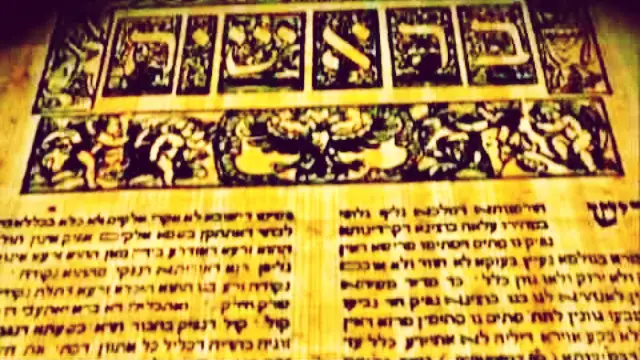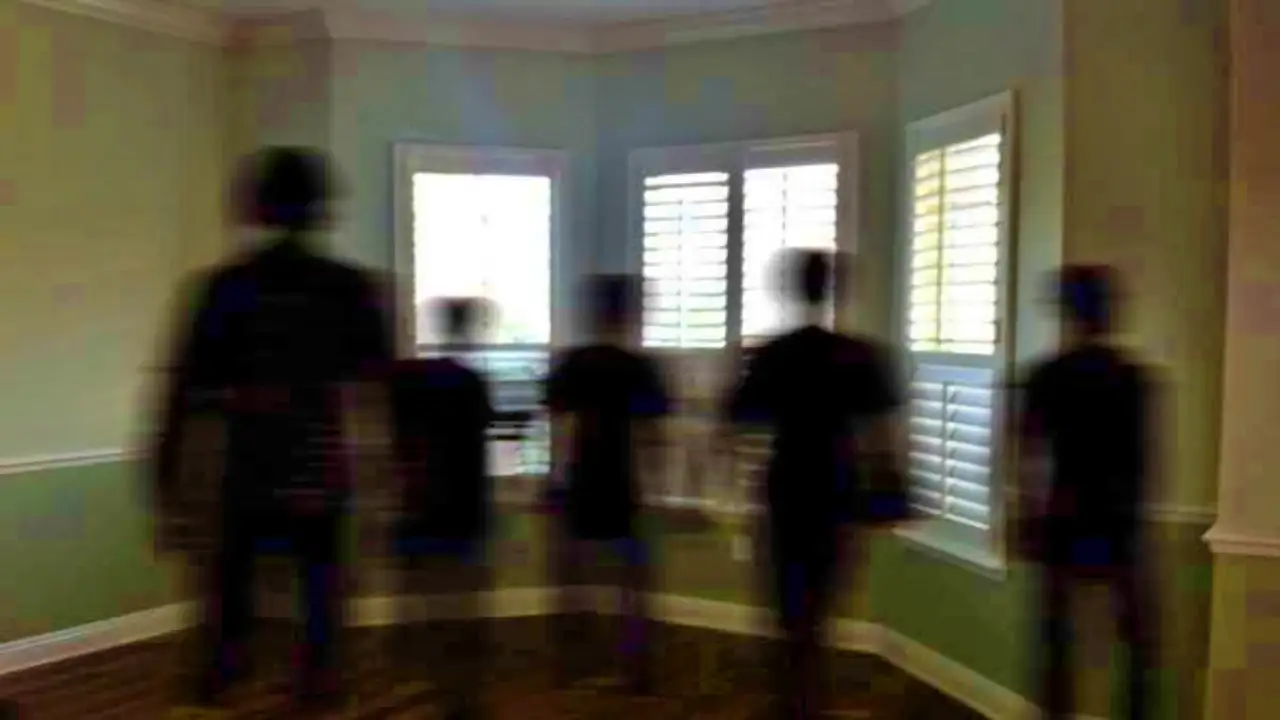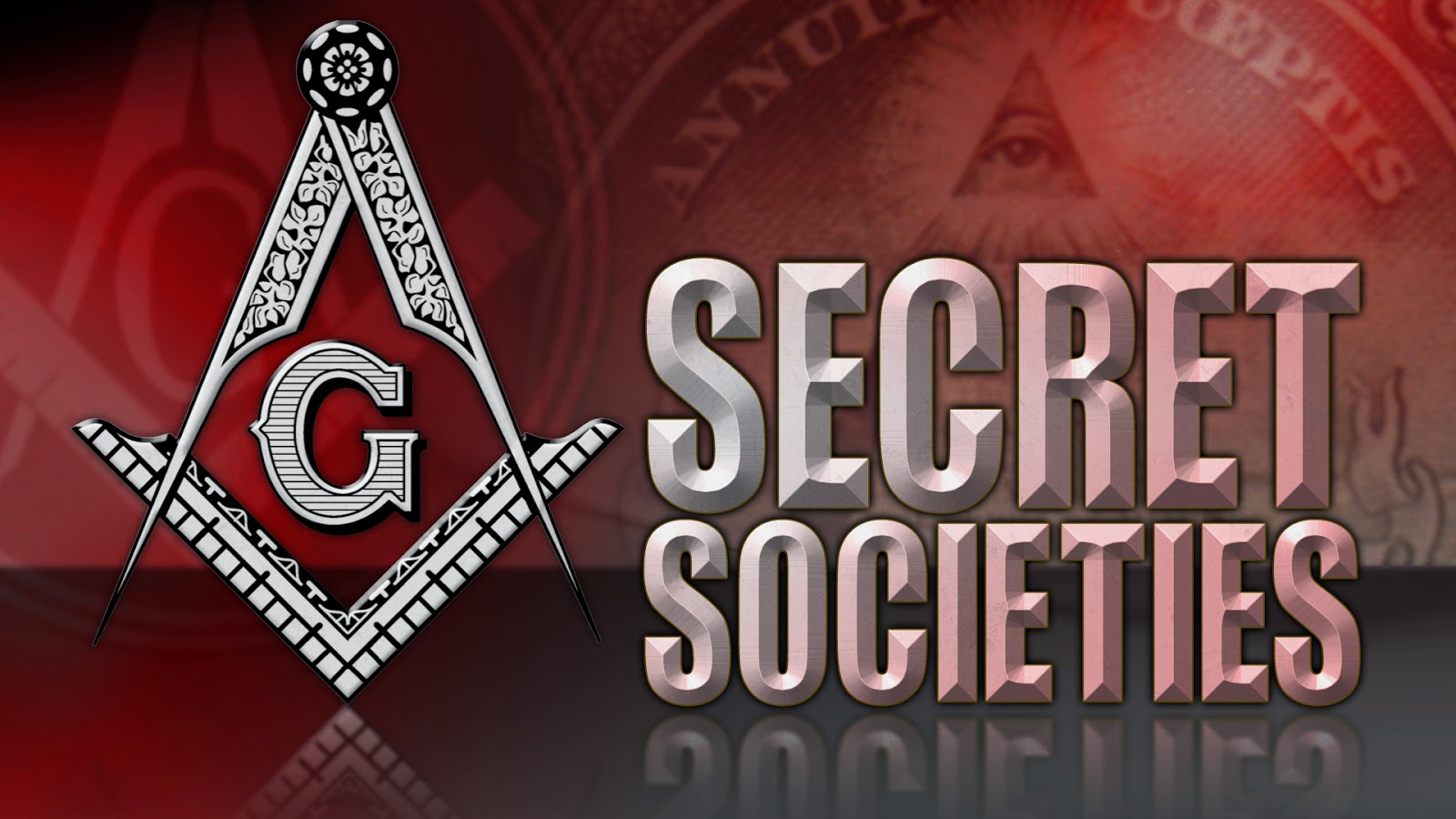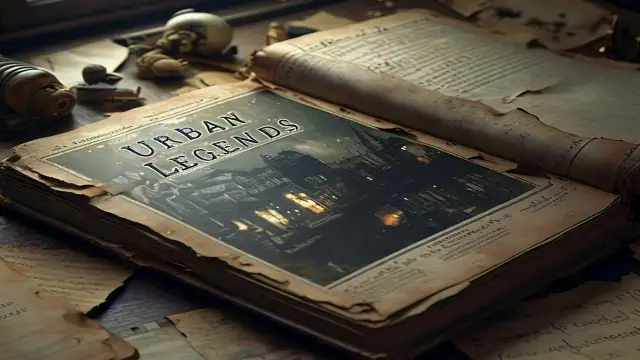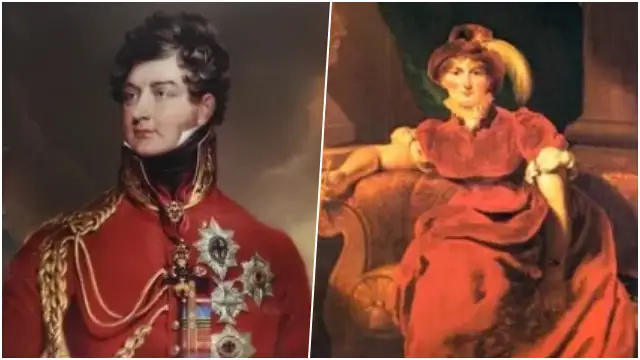nn
n
n Saturday November 3rd 1849 saw the firstnpublication of a remarkably unremarkable periodical (if you judge it by its appearance, rather than by its content). It was the product of anperiod that was divided by its passion for progress and innovation and itsnadoration and longing for a golden, bygone past. Just eighteen months later,nthe magnificent Crystal Palace showcased to the appreciative world all that wasnnew, novel and exciting in the Victorian worlds of technology, innovation andnindustry.
n
n
n
 |
| The Crystal Palace |
n
n
n
nBut Notes and Queries had its gaze fixed firmly on the past,non an age of dusty, old books, almost forgotten arcana, strange customs andnclassical minutiae. It announced itself as a ‘medium of inter-communicationnfor literary men, artists, antiquaries, genealogists etc,’ and fornthreepence a week, these gentlemen conducted their on-going conversations in anclosely-printed, double columned paper that ignored the emerging advances innillustration and the current trend for fiction.
n
n
n
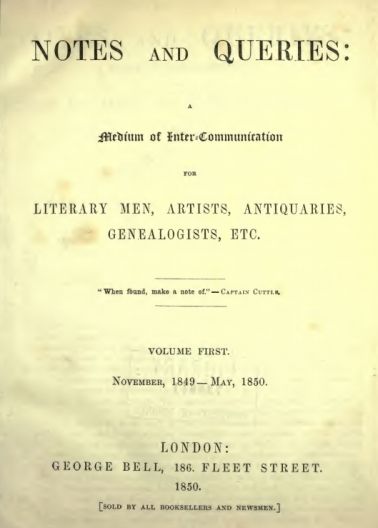 |
| Notes and Queries – Vol 1 – 1849-50 |
n
n
n
nThe original idea for such anperiodical had been discussed by William Thoms and John Bruce as early as 1841,nbut circumstance had intervened and delayed their plans for eight years.nWilliam John Thoms was a writer and antiquary who, for many years, had been anclerk in the treasury, and had been encouraged in his studies of history bynThomas Aymot, who introduced him to Francis Douce. Douce had an extensivenprivate library in Gower Street and, in turn, had introduced Thoms to JohnnBruce, another antiquary who was one of the founders of the Camden Society,nwhich was dedicated to the printing and circulation of early historical andnliterary works.
n
n
n
 |
| Notes and Queries – Typical Page Layout – 1856 |
n
n
n
nThoms became the secretary to the Camden Society in 1838 and,nin the year, was elected as a fellow of the Society of Antiquaries, and in 1845nhe became clerk and then Deputy Librarian to the House of Lords. His wide knowledgenand easy conversational manner soon attracted many of the most learned membersnto the printed-paper office and Thoms made many useful acquaintances, givingnhim access to historical sources not normally available to an ordinary scholar.nIn 1846, Thoms persuaded Charles Wentworth Dilke, editor of the Athenaeum,nto allow him to write articles about ‘old-world manners, customs and popularnsuperstitions’; his first appeared on August 26th under thentitle Folk-Lore, a word coined by Thoms and used by him for the firstntime in the article.
n
n
n
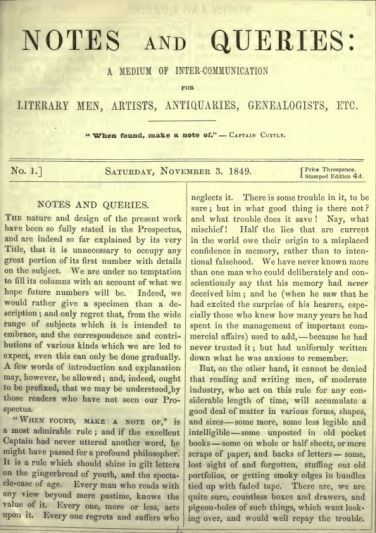 |
| Notes and Queries – First edition – Page 1 – 1849 |
n
n
n
nThoms was concerned about the railway mania raging in thencountry at the time, fearing that these ‘old-world’ antiquities and landmarksnwould be trampled underfoot in the headlong dash towards modernity. Ironically,nthe spread of railway services allowed for Notes and Queries to benprinted by mid-Fridays and distributed ready for sale throughout the country bynthe following morning. With Dilke’s encouragement, Thoms revived the plan fornhis antiquarian periodical, and Notes and Queries was the result. Fromnthe first, it carried the motto ‘When found, make a note of,’ an axiomnrepeated by the character Captain Cuttle, in Dickens’ novel Dombey and Son.
n
n
n
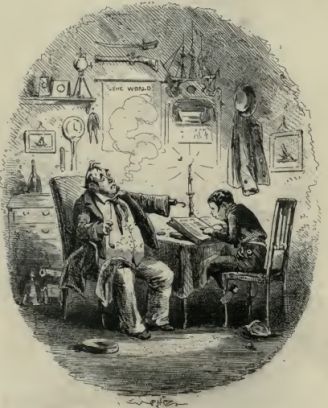 |
| Captain Cuttle |
n
n
n
nIt followed a simple pattern; the Notes were articles submitted bynreaders on any subject they felt might be of mutual interest to othernsubscribers, and the Queries were requests for information that werenreplied to by other readers, with the replies published in subsequent editionsnof the paper. In some cases, the answer was not much more than a sentence orntwo, whilst in other cases the replies ran, at length, through many issues,nwith some interesting (and amusing) examples of academic peevishness andnumbrage very much in evidence.
n
n
n
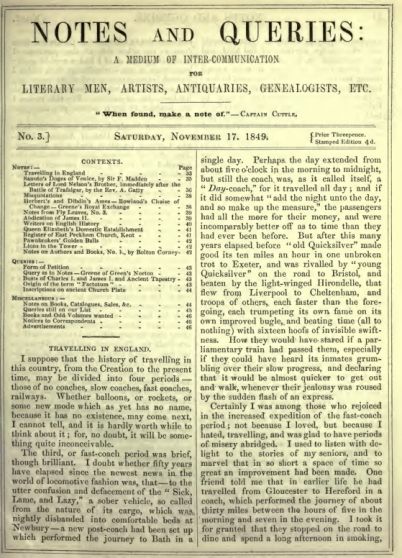 |
| Notes and Queries No 3 – Typical page layout |
n
n
n
nAs the title of Notes and Queriesnindicates, it was very much a ‘medium of inter-communication’,nfacilitated by the Uniform Penny Post introduced in Britain in 1840, wherebynletters under ½ ounce in weight would be delivered anywhere in the country fornone penny. From the outset, it was an absorbing mixture of incredibly densenacademic learning and genuine amateur curiosity.
n
n
n
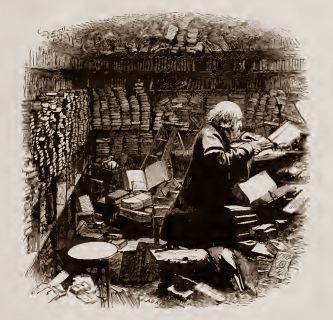 |
| A Typical Contributor ? |
n
n
n
nSome of the leading scholarsnfrom Victorian universities were contributors (the linguist and etymologistnWalter Skeat was a regular), as were such artists as Dante Gabriel Rossetti andnauthors like Charles Dickens, although, as many contributions were madenpseudonymously, we will probably never know exactly who was involved. It wasnthe same readership, and quite probably the same individuals, who participatednin those other great collaborative ventures, the Dictionary of NationalnBiography and the Oxford English Dictionary.
n
n
n
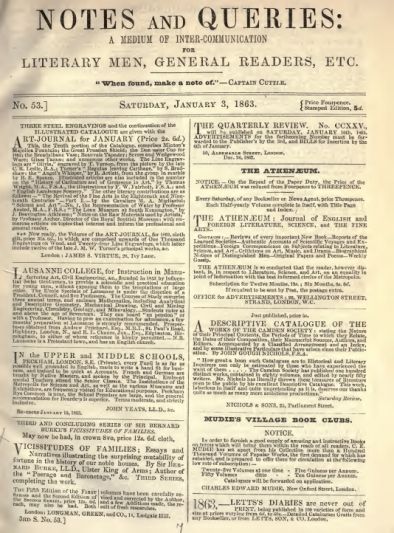 |
| Notes and Queries – 1863 |
n
n
n
nOwnership changed handsnin 1863, when the subtitle was also changed to ‘Literary Gentlemen, GeneralnReaders, etc’, although the collaborative gallimaufry of obscurities andnesotericism remained, thankfully, intact. Indeed, any move towards a morenspecialized, exclusive stance was resisted with an almost wilful contrariness,nsomething that may have contributed to the term ‘antiquary’ becomingnmore and more used in a pejorative sense, and virtually synonymous with ‘amateur’nor ‘dilettante’.
n
n
n
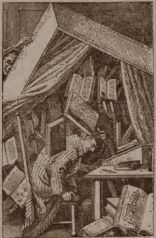 |
| Snowed under by information |
n
n
n
nSome modern commentators have put this network ofninformation-in and information-out forward as a kind of precursor of modernnchatrooms, message boards and internet forums, where exactly the same mix ofnprofessional experts and amateur enthusiasts rub shoulders in discussions ofntheir areas of interest. Notes and Queries continues to this day, withnan online presence, although it has now shifted towards a much morenspecialised, academic journal.
nnn
n
nnn




